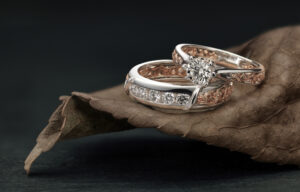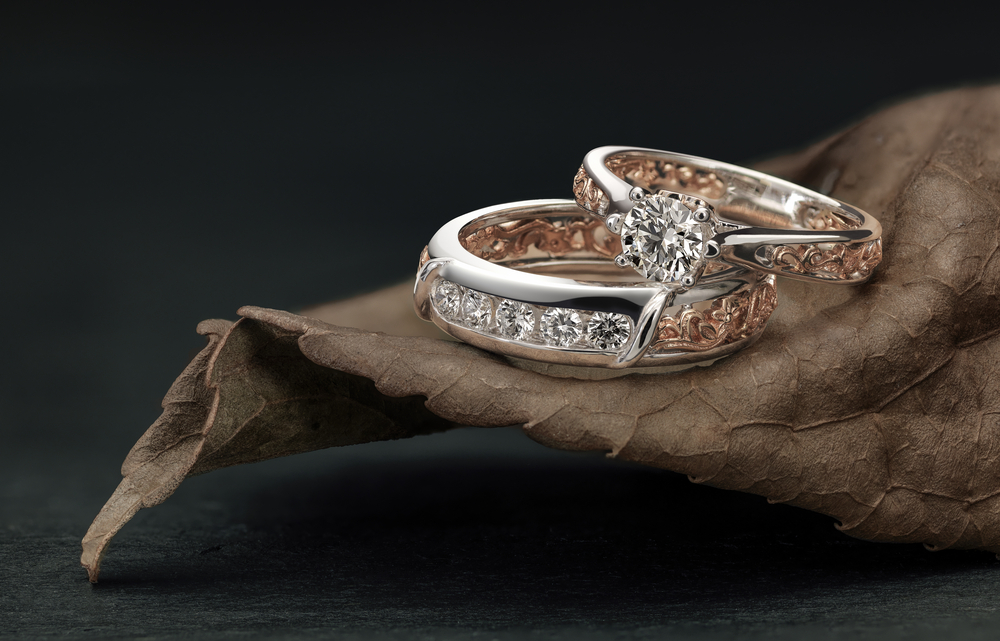
In the enchanting world of literature, diamond rings have long held a prominent role as symbolic elements that transcend their physical properties. These dazzling gemstones, often depicted as tokens of love and markers of social status, have become integral to many classic literary works, where they serve to convey intricate themes and emotions, leaving an indelible mark on the reader’s imagination. Jane Austen’s timeless classic, “Pride and Prejudice,” provides an excellent example of the powerful symbolism of a diamond engagement ring. When Mr. Darcy presents a stunning diamond ring to Elizabeth Bennet, it marks a pivotal moment in the narrative. The ring becomes a tangible embodiment of his love and commitment, symbolizing a transformative power that breaks down societal barriers. The diamond ring, a token of love, serves as a testament to the changing dynamics of the characters’ relationships. It represents not just an emotional bond but a symbolic union of two souls, transcending class distinctions and social norms of the time. Austen’s use of the diamond ring as a symbol adds layers of depth to her exploration of love, pride, and the complexities of human nature. In Edith Wharton’s classic novel, “The Age of Innocence,” diamond rings are employed as powerful symbols of societal expectations and the rigidity of the upper classes during the Gilded Age in New York. The presentation of a diamond engagement ring carries the weight of tradition and conformity, emphasizing the characters’ entrapment within the constraints of their social milieu. In this context, the diamond ring signifies not only love and commitment but also the inescapable pressures of societal norms. Wharton masterfully uses the diamond ring to depict the tensions between individual desires and societal expectations, highlighting the sacrifices individuals must make to conform to their social roles. Diamond rings in literature have the remarkable ability to convey complex ideas, emotions, and societal critiques. They are not mere accessories but powerful symbols that enrich the narrative. Through their use, authors like Jane Austen and Edith Wharton explore themes of love, wealth, societal constraints, and individual desires, creating a layered and nuanced portrayal of their characters and their worlds. The enduring elegance of diamond rings as literary symbols lies in their ability to bridge the gap between the physical and the metaphorical. These precious gems, often associated with love and wealth, allow authors to delve into the complexities of human relationships, societal pressures, and individual desires. Whether they symbolize love’s triumph over societal norms or the challenges of conformity, diamond rings in literature continue to captivate readers with their timeless allure and their ability to speak to the depths of the human experience.
